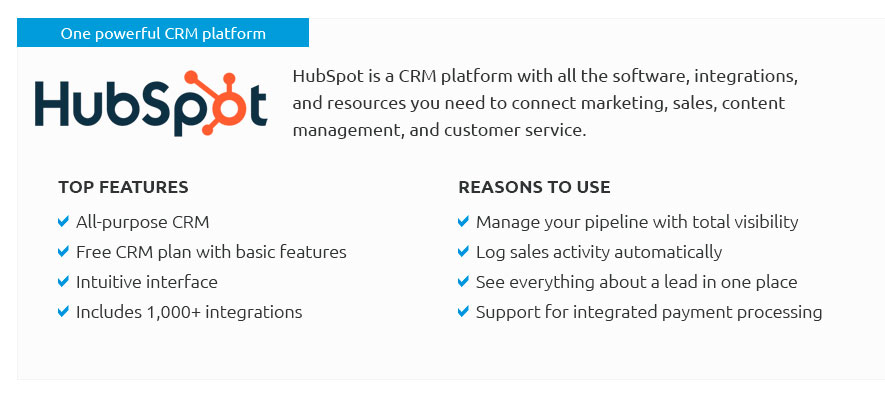 |
 |
 |
 |
 |
|
 |
|
 |
|
 |
|
 |
|
 |
|
 |
 |
How to Make a To-Do ListCreating an effective to-do list is a skill that many people find elusive, yet it is essential for managing time and boosting productivity. A well-structured to-do list can transform chaos into clarity, providing a roadmap for the day, week, or even the month ahead. But how does one go about crafting such a list? Let's delve into the art and science of to-do list creation. First and foremost, it's important to understand the purpose of your to-do list. Is it meant to organize your daily tasks, or is it a comprehensive overview of your upcoming projects? Knowing the scope of your list helps in tailoring it to fit your needs. For daily tasks, a simple, straightforward list might suffice. For more complex projects, you might need a detailed, hierarchical structure. Next, consider the medium. Some people thrive with traditional pen and paper, finding the act of writing and physically crossing off tasks satisfying. Others prefer digital tools for their convenience and features like reminders and recurring tasks. Popular apps like Todoist, Microsoft To Do, and Trello offer versatile options for digital list-making. Prioritization is the next crucial step. Not all tasks are created equal. Begin by listing everything you need to do, then assess each task's urgency and importance. One useful method is the Eisenhower Box, which categorizes tasks into four quadrants: urgent and important, important but not urgent, urgent but not important, and neither urgent nor important. This helps you focus on what truly matters. Be specific with your tasks. Instead of writing 'work on project,' break it down into actionable steps like 'research topic,' 'create outline,' and 'draft introduction.' This not only makes the list less daunting but also provides a clear path forward. The sense of accomplishment from checking off smaller tasks can be motivating. Furthermore, it’s important to set realistic goals. Overloading your list can lead to frustration and burnout. Be honest about what you can achieve in a day and leave some buffer time for unexpected interruptions. Remember, a to-do list is a tool for productivity, not an instrument for stress. Finally, consider reviewing and adapting your list regularly. At the end of the day or week, take a moment to reflect on what you’ve accomplished and what remains. This reflection helps in understanding your productivity patterns and adjusting your approach accordingly. In conclusion, creating an effective to-do list is both an art and a science. It requires understanding your goals, choosing the right medium, prioritizing tasks, being specific, setting realistic expectations, and regularly reviewing your progress. By mastering these elements, you can transform your to-do list into a powerful ally in your quest for productivity and peace of mind. https://www.reddit.com/r/productivity/comments/ex3zs7/redditors_who_make_a_todolist_and_actually_get/
Yes, pick the most important things that need to be done that day. Anything more then three things on top my of my normal day will have me overwhelmed. https://www.w3schools.com/howto/howto_js_todolist.asp
Learn how to create a "to-do list" with CSS and JavaScript. The To Do List Use CSS and JavaScript to create a "to-do list" to organize and prioritize your ... https://www.quora.com/How-do-I-make-a-to-do-list-for-myself
1. List your main three things that you have to get done overall. - 2. Then have a list of things you want/have to do but with slightly less ...
|